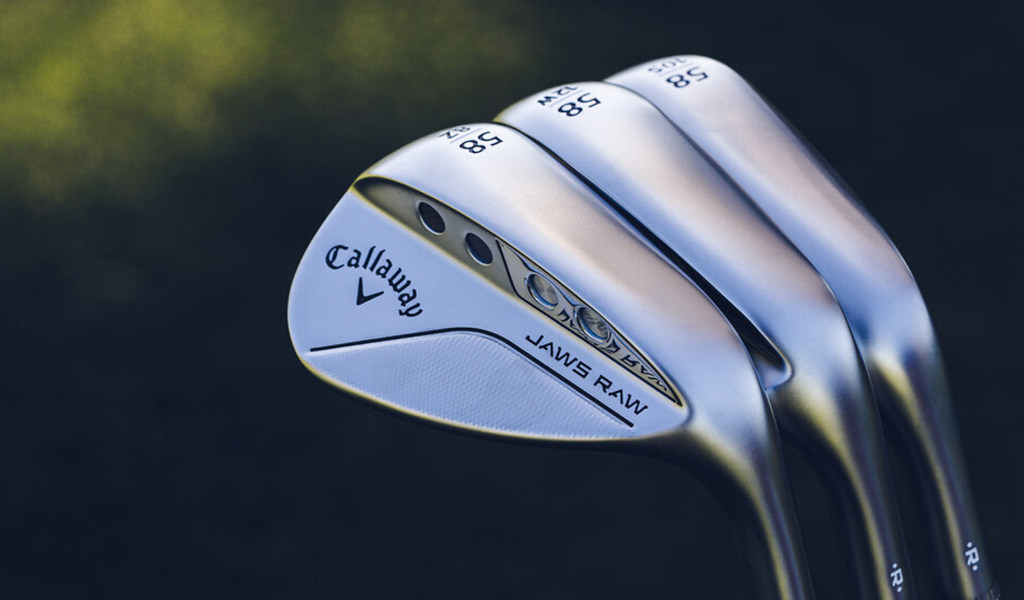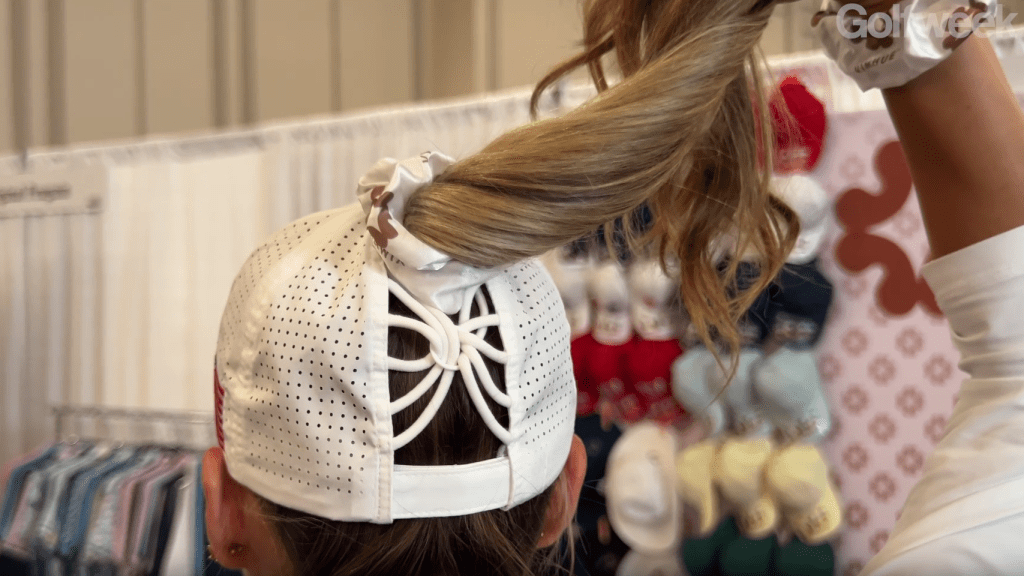[ad_1]
Your wedge selection can make or break your game – and choosing which ones to add to your bag can be a daunting task.
For the average golfer, using the right wedges can make shots inside 120 yards much easier, while poor choices could generate untold frustration.
To be consistent in the short game a golfer needs the correct wedge lineup, otherwise they make the game much harder than it needs to be.
There are a few main types of clubs in golf. Drivers, fairway woods, hybrids, irons, wedges, and putters are the generally accepted categories.
Drivers and fairway woods are the longest clubs in the bag with the lowest amount of loft. These clubs are used to eat up yardage and get you closer to the green.
Irons are also longer than wedges, have less loft, go longer, and are used for a variety of shots from different lies. They make up the bulk of a golfer’s bag and effectively run into wedge territory with most sets ranging from 4-irons to a pitching wedge.
However, there are key differences between wedges and irons.
Wedges have shorter shafts, making them easier to control. The length of a club shaft will have a lot to do with how easy or challenging it is to control your shots.
Wedges also have more loft than irons which produce a higher launch. This makes them ideal for shots around the green where you want to be able to apply more spin to get the ball to stop where you want it to.
Iron sets only come with one or two wedges – a pitching wedge is the most common and sometimes a gap wedge (also known as an approach wedge) is also added.
This means you will probably need to add 1-3 individual wedges to complete your bag.
Unlike buying a set of irons, there are more aspects of wedges to consider, including loft, bounce, sole, grooves, length, finish, and more.
How many wedges should you carry?
Carrying four wedges is more common among better ball strikers who have more scoring opportunities with wedges.
Having an extra wedge makes it easier to hit different types of full and partial shots for closer birdie putts.
Mid to higher-handicap players can get away with only carrying three wedges as they have longer approach shots.
Instead of carrying a fourth wedge, they can get more utility out of adding an extra fairway wood, utility iron, or hybrid that will help them get to greens closer to regulation.
Regardless of whether you choose to carry three or four wedges in your set, make sure you gap them properly. The last thing you want is huge distance gaps between clubs that make it more difficult to score well.
If your pitching wedge is 46 degrees and your sand wedge is 56 degrees for example, that’s 10 degrees of loft separating the two clubs. This might correlate to 20-30+ yards separating each wedge, which can leave some awkward shots on the golf course.
Beginners getting into the game might benefit from a gradual addition of wedges and might even opt to start with just one wedge in the bag paying attention to the loft angle of your shortest iron.
Wedges are highly customizable clubs and most golfers will benefit greatly from being professionally fitted for these clubs.
Lettered grinds are not standard across the industry with different brand using their own systems so be wary of comparing grinds across brands.
[ad_2]



